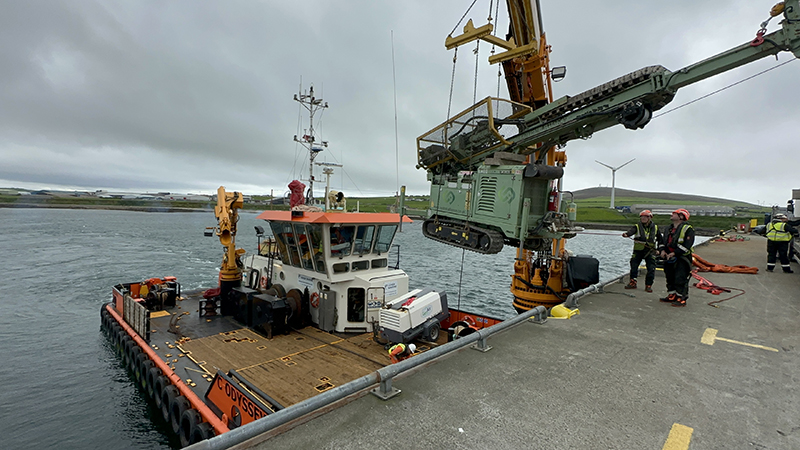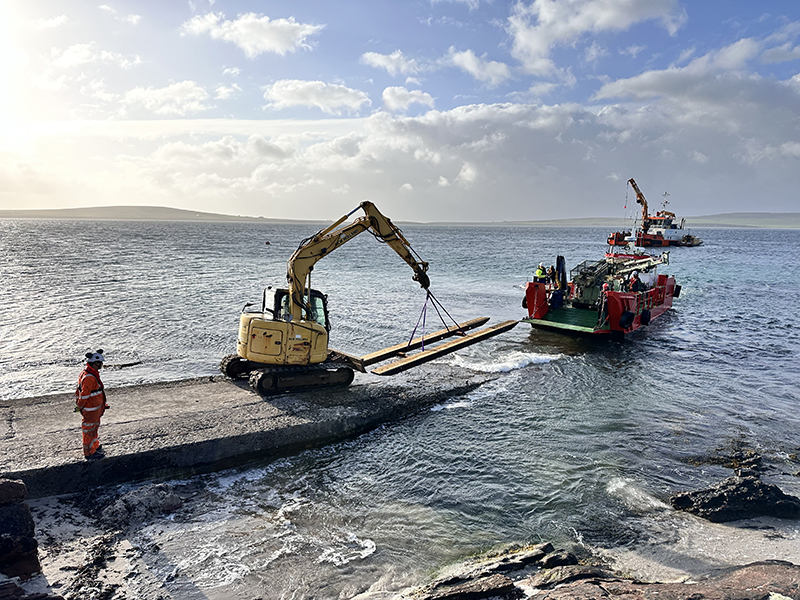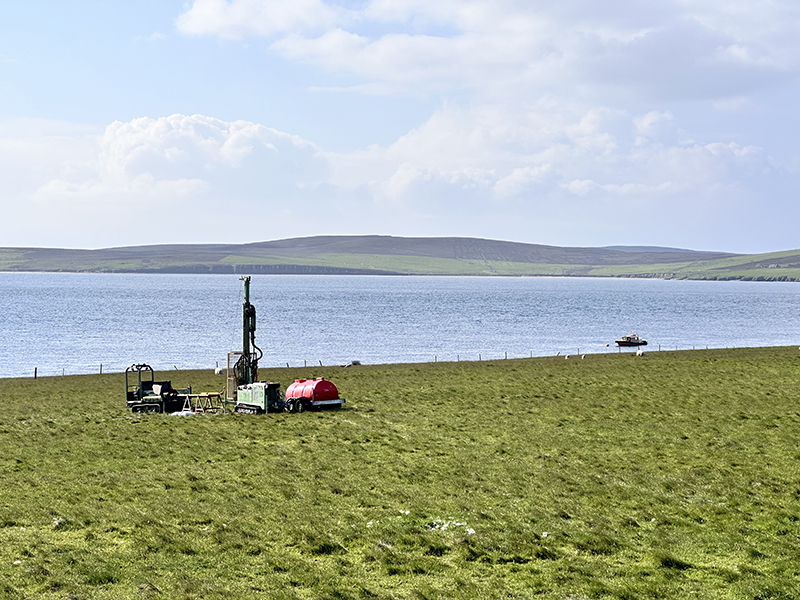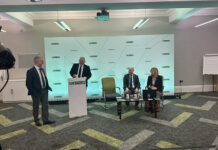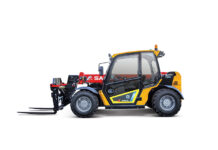GROUND engineering and site investigation company Central Alliance has returned to the Orkney Islands to complete a further project to help the islands’ council achieve its renewable energy goals.
In 2023–24, Central Alliance carried out ground investigation work on the Orkney mainland (Quanterness) along with the Island of Hoy as part of the local authority’s Orkney Community Wind Farms project. The team has recently completed further ground investigation work on the Island of Faray.
Central Alliance Director Ben Swallow said the initiative was required to help inform the design of wind turbine bases and associated wind farm infrastructure. The ground investigation work comprised dynamic sample/rotary cored boreholes, trial pits, groundwater monitoring and laboratory testing. The report that has been compiled for the Orkney Islands Council consists of AGS (Association of Geotechnical and Geoenvironmental Specialists) data, which includes the exploratory hole logs, lab test data and post-fieldwork groundwater monitoring.
Ben commented, “The Island of Faray has been uninhabited since the last farmers and crofters left in the 1940s and is of significant archaeological interest, along with being ecologically sensitive and important. With this in mind, the fieldwork component was carefully aligned with tidal conditions to remain sensitive to grey seal and bird breeding patterns.
“The remote location created some access challenges and the team worked with Leask Marine to provide support with mobilising/demobilising plant (including two Fraste PLG drilling rigs, two tracked dumpers, one electric-powered utility terrain vehicle and one 13-tonne tracked excavator) and with the daily crew transfers between Faray and Kirkwall. We always seek to work with local suppliers on projects, as not only do they bring valuable local knowledge to our work but also, we appreciate the positive economic impact that working with local businesses can create.”
Ben explained the only access onto the island had been a concrete ramp on the southern tip. “During the planning period, the Central Alliance drilling supervisor and project manager met Leask Marine to discuss how to overcome this challenge, carrying out a ‘dry run’ with the proposed landing craft to evaluate its suitability. At this meeting it was noted that, despite a high tide, the concrete ramp would not be suitable for use, owing to the limited water depth and the risk of damage to the underside of the landing craft.
“Central Alliance and Leask Marine developed an additional steel ramp that was retrofitted to the landing craft to provide greater flexibility to permit mobilisation/demobilisation over a larger tidal window. Leask used tide tables and the company’s experience of delivering similar work to determine the optimum tidal windows to deliver the project.”
He said they benefited from the local knowledge and experience of the island’s remaining tenant farmer. “This was a much appreciated and valuable local resource and the farmer was very helpful in offering advice on optimum access routes around the island.”
All the drilling plant and consumables were initially gathered at Kirkwall Harbour on Orkney mainland before being craned onto a multicat vessel. The multicat sailed to deeper offshore water south of Faray and craned the plant onto the landing craft, which made multiple trips to Faray during an optimum spring tidal window.
Ben added that the mobilisation and demobilisation were each undertaken during one visit. “The boreholes were constructed with a PWF (92 mm) coring system, with water as the flushing medium. Owing to the lack of fresh water on site, the boreholes were drilled with seawater as the flushing medium, with fresh water brought in from the project outset in 1000-litre intermediate bulk containers to permit flushing of plant on a daily basis.
“The trial pits were excavated using the 13-tonne tracked excavator, which also supported daily plant movements and undertook ditch cleaning operations for the tenant farmer. All the trial pits were supervised by an archaeologist provided by Orkney Research Centre for Archaeology. Seven boreholes were installed with 50 mm standpipes, complete with both remote and manual access groundwater level monitoring instrumentation.”
Before demobilising from the island, the team checked the functionality of each monitoring instrument to ensure the data was feeding into a bespoke Central Alliance database. The site supervisor maintained constant communication with the project team to confirm progress and inform on any changes to the proposed programme.
Orkney Islands Council acting strategic projects director Chris Purnell said, “Completing the groundwork investigations for Faray helps us attain another major milestone in the development of Orkney Community Wind Farms. The uninhabited island of Faray presents obvious logistical challenges in terms of getting plant, machinery and personnel onto the island. However, careful planning undertaken by the Central Alliance team meant the works were executed on time, safely and to the highest of standards.
“With insights gathered from these surveys, design engineers will have the necessary information available to make informed decisions for the site’s infrastructure including the roads, hardstanding’s, cable trenches and foundations that will be required as part of the development. An investment decision for Faray wind farm is due to take place in 2027.”



